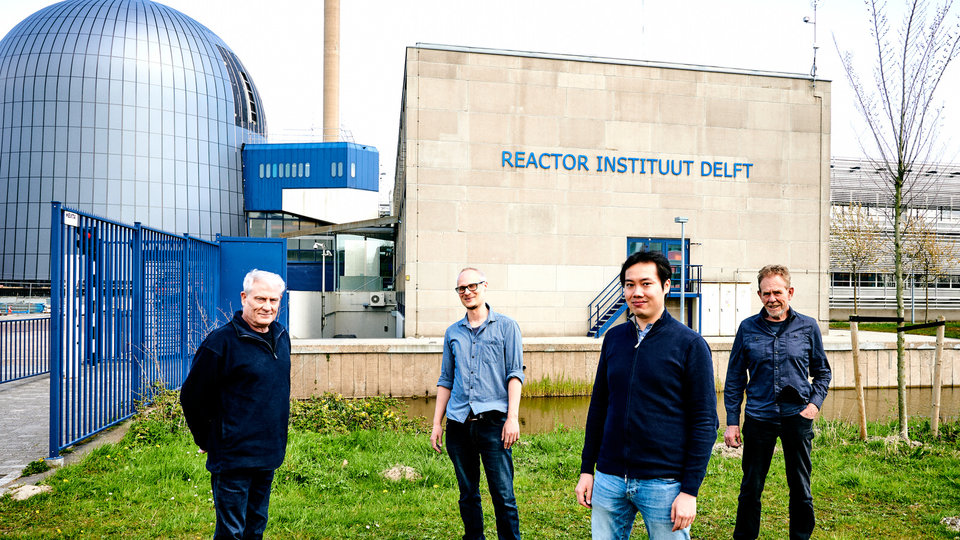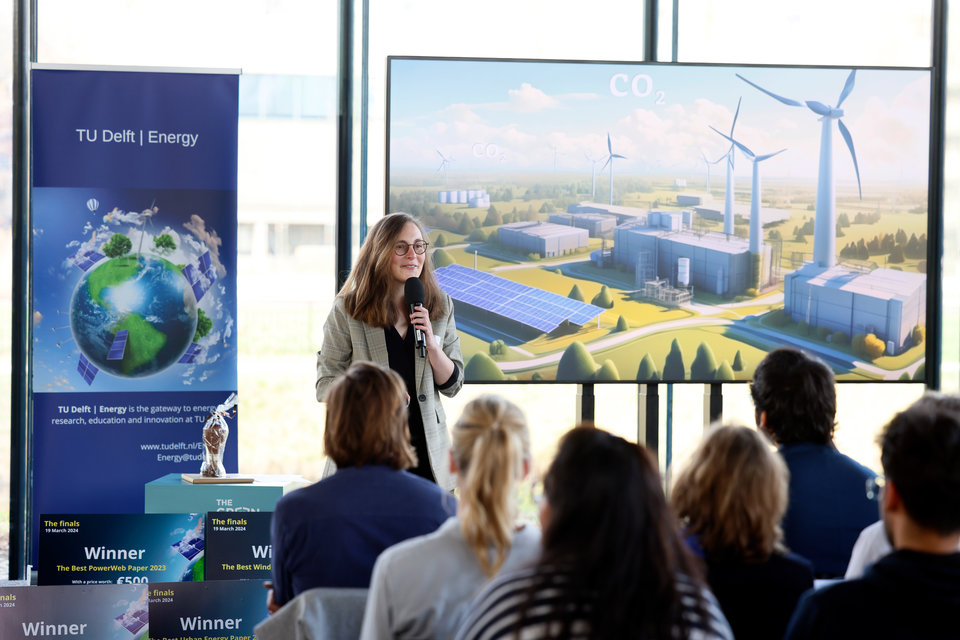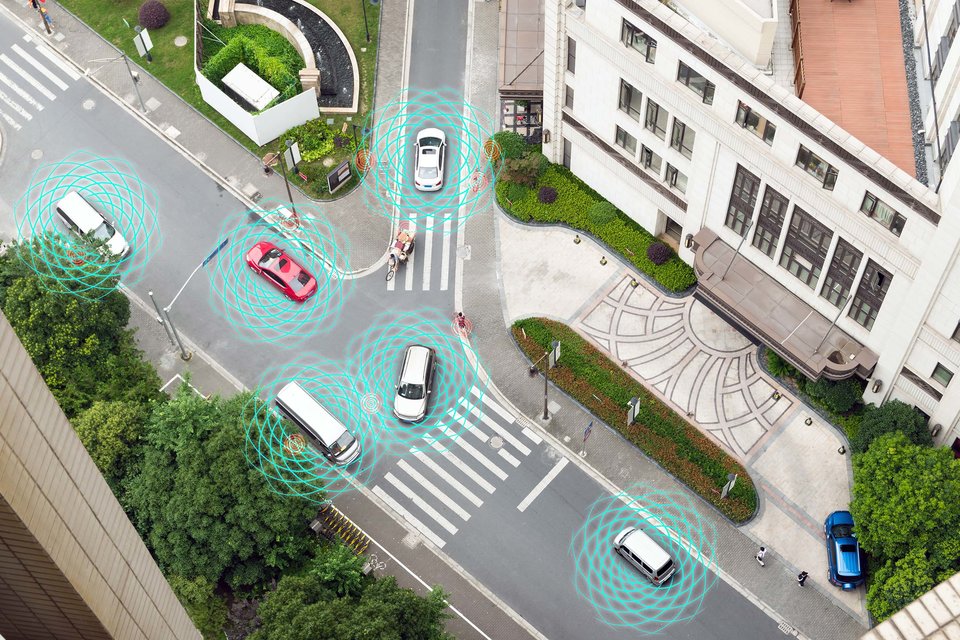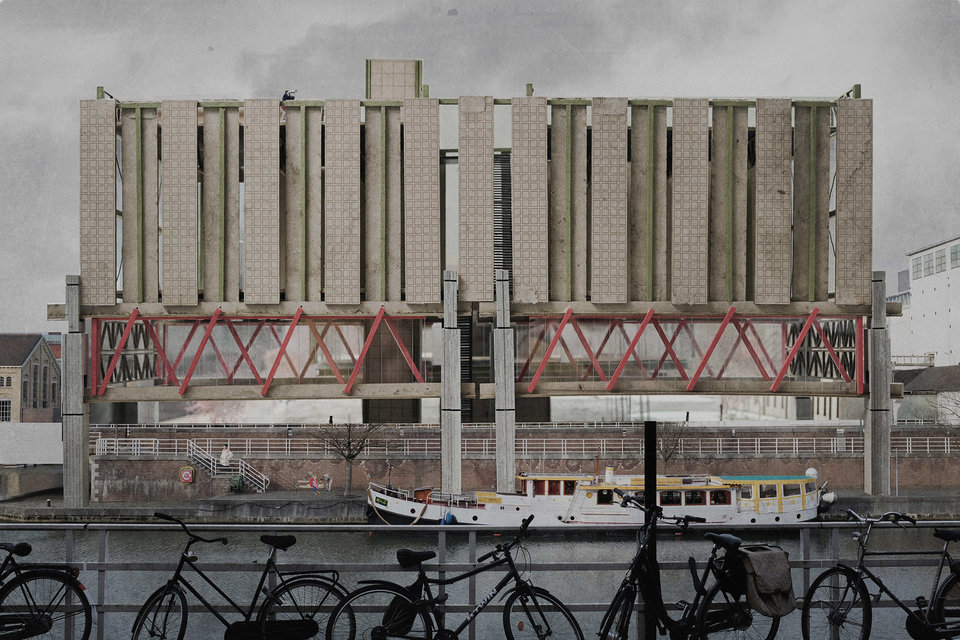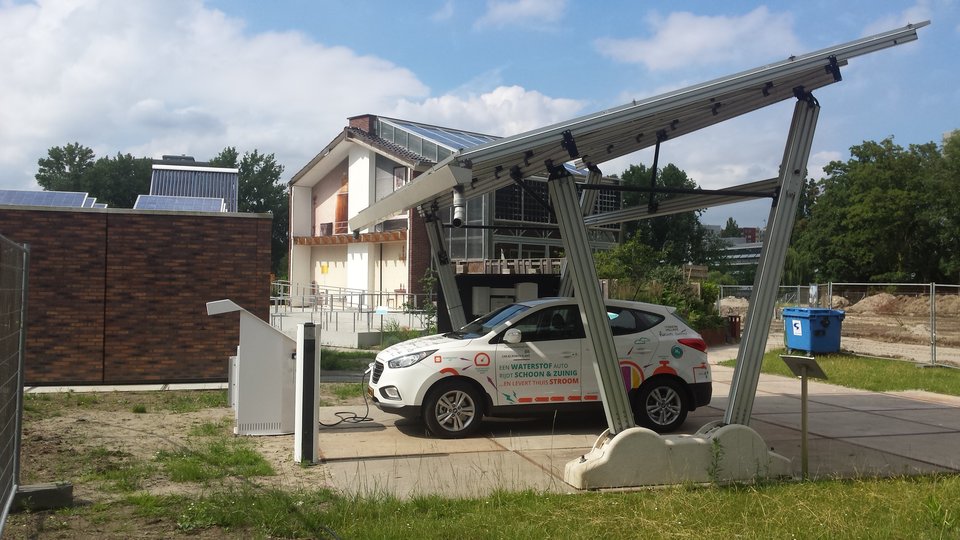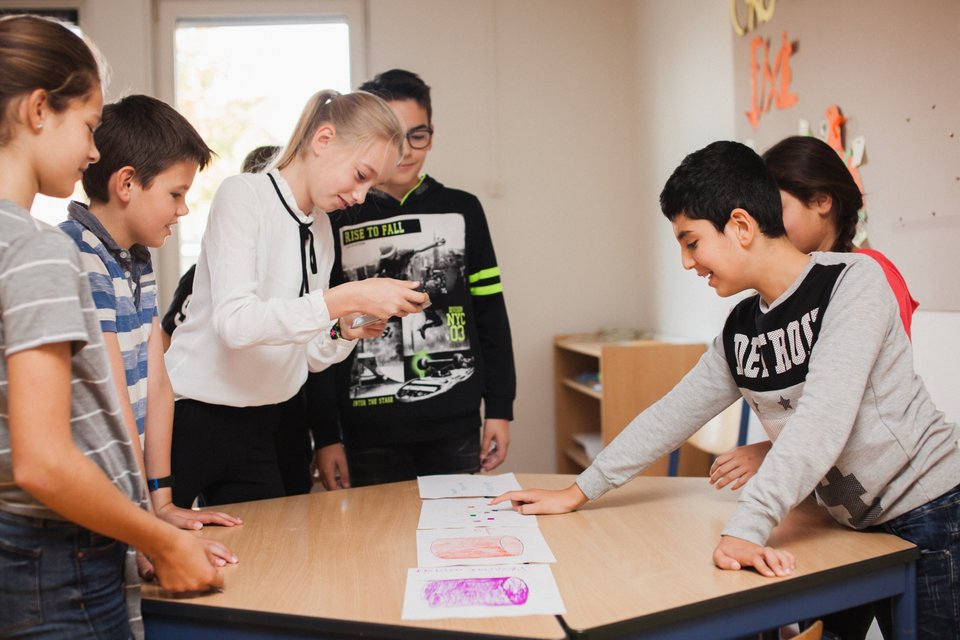Due to the uncertainties of human behaviour, policies often play out differently in practice than what one might expect based on rational models. Researcher Emile Chappin aims to better align policy and practice by modelling human behaviour to accelerate the energy transition. In his research, he wants to give the greenhouse horticulture sector a boost in using clean energy more intelligently and profitably by using computer simulations that include behavioural uncertainties.
The Dutch greenhouse horticulture sector is highly innovative. By using technology, the sector constantly seeks ways to grow crops as efficiently and sustainably as possible. At the same time, greenhouse operators aim to stay profitable. This means that in uncertain times, such as with fluctuating energy prices and inconsistent energy policies, they often opt for less sustainable solutions, says Emile Chappin, researcher in energy systems and simulations. “Often, they stick to their combined heat and power (CHP) systems, which convert natural gas into heat and electricity. The CO₂ produced in this process is directly used for crop production.”
Choosing certainty
While CHP systems are convenient, they are still powered by fossil fuels—the very thing we are trying to move away from, Chappin continues. “But for many businesses, the uncertainty is just too great to make the switch to, for example, geothermal energy. Such a system is expensive, and as an entrepreneur, you want to know when that investment will pay off. Additionally, you still need alternative sources for both electricity and CO₂. It takes a lot of time to figure this out, and it requires courage to make these kinds of decisions. So, if a company has a long-term gas contract at a low rate during uncertain times, it’s understandable for an entrepreneur to say, ‘I’ll stick with my CHP for now.’”
Energy hubs in greenhouse horticulture
Despite these uncertainties, solutions like energy hubs offer sustainable energy options for greenhouse horticulture. Chappin explains: “An energy hub is an overarching system where energy, such as heat, is exchanged between different stakeholders. These could be neighbouring businesses in the same sector or even surrounding industries or residential areas. In such a system, for instance, a greenhouse grower could use waste heat and CO₂ from a nearby factory. Or, a group of greenhouse businesses could jointly invest in a geothermal installation, sharing the costs.”
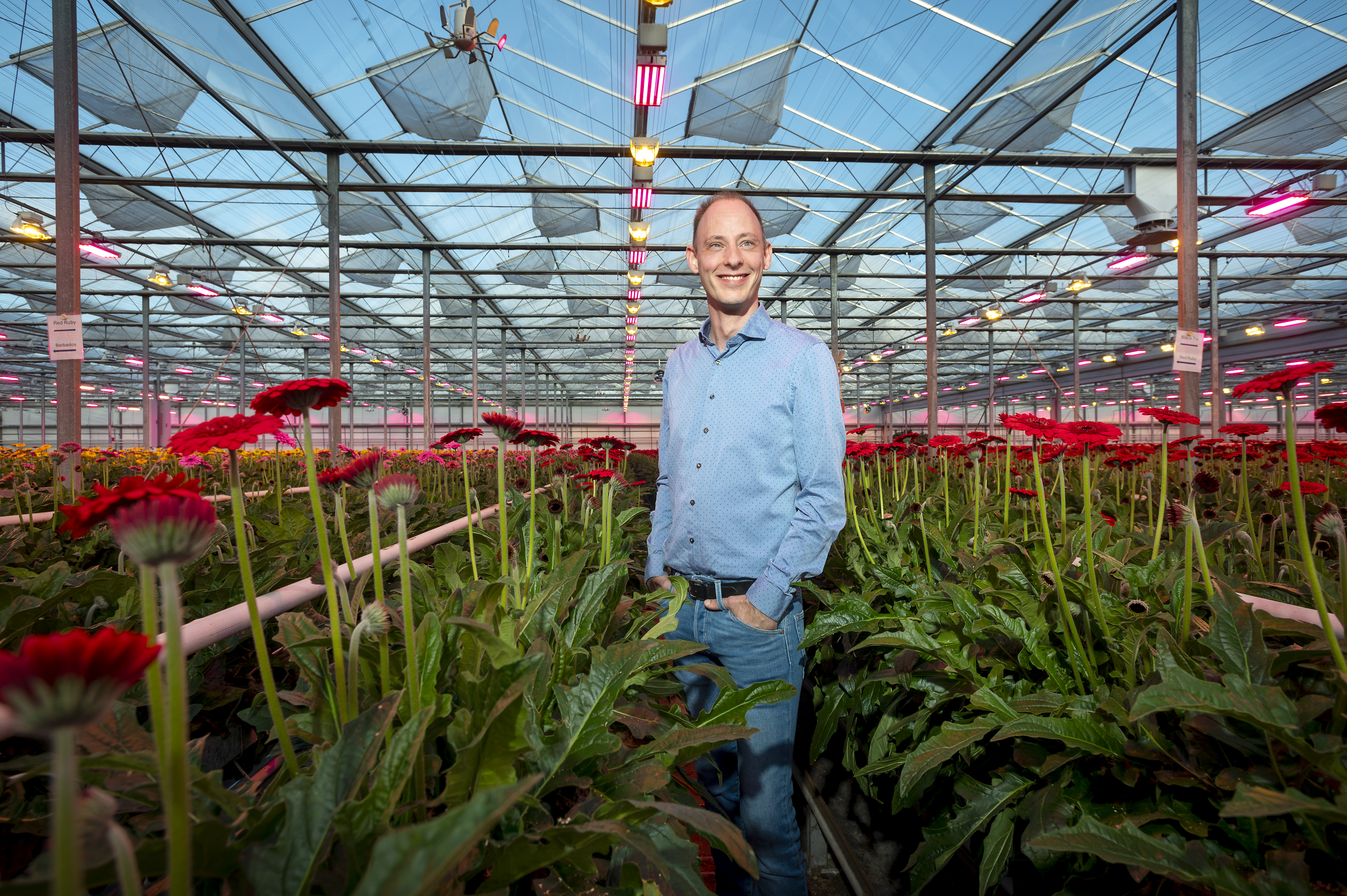
Mismatch between goals and instruments
In his research, Chappin explores what is needed to make energy transition designs, like energy hubs, functional. According to him, there is often a mismatch between policy goals and the tools governments use to achieve them. “The main issue is that behavioural insights from individuals and businesses are often overlooked in models. But those insights are crucial to getting people on board. How do people make decisions? What incentives work to motivate them? Rational models assume ideal situations, but in reality, decisions are based on factors like trust, interests, and access to information.”
Incorporating behaviour into models
To address this systematic mismatch, Chappin uses Agent-Based Models (ABMs). “In an ABM, you can incorporate various choices and behavioural uncertainties that occur in real life. This helps to understand where the actual barriers lie and why people, for instance, might not invest in sustainable solutions like heat pumps. By considering these factors, we can see the effect of current or future policies. What works and what doesn’t? You get a clearer picture of how an idea plays out in practice. And you’ll see that using ABMs leads to different outcomes than when using purely economic models based on rational theories.”
Motivating people to act
Chappin has always been fascinated by capturing and translating behaviour and uncertainties into numbers and models. “I enjoy the complexity of it. In human behaviour, nothing is set in stone; it can go in any direction. I’m also a people person. I am always trying to bring people together and inspire them to act, also in my personal life. As a conductor and pianist, I’ve brought musicians together and brought music to theatres for years. With music, it’s similar to the energy transition: it’s played with and for people.
You can think about the technical aspects for a long time, but in the end, you have to act. It only matters when it becomes real—when the music comes alive, and you feel the emotion of the story. The same goes for the energy transition.”
Showing the consequences of choices
Chappin is now working on a research proposal for energy hubs in the greenhouse horticulture sector. “In this project, I want to use Agent-Based Models to explore which tools can convince parties to invest and what other factors influence decisions regarding the development of an energy hub. Ultimately, policymakers will need to select the tools—such as regulations and financial incentives—while local stakeholders shape the implementation. Our role as scientists is to map out all the possible paths they can take and the consequences of those choices.”
A highly diverse sector
One of the challenges in this research is that the greenhouse horticulture sector is incredibly diverse, says Chappin. “The sector consists of many different types of businesses, each with its own activities, needs, innovations, and contracts. That can make it difficult to come up with a solution that works for everyone and fosters good cooperation. But for me as a modeller, that’s what makes it so interesting: more diversity, means more uncertainties. I’m also fascinated by the broader puzzle of how to set up energy hubs. How do we connect local supply and demand efficiently, and how do we ensure that parties manage this collectively? If we organise this well, we can also address other issues, such as energy grid congestion.”
Steering desired changes
Chappin is unsure of what role CHPs will continue to play in greenhouse horticulture. “That depends on several factors, such as the development of energy prices. When gas prices skyrocketed a few years ago, coal plants in the Netherlands helped to limit the financial damage, even though we’re trying to phase them out. Sometimes, circumstances lead to decisions that go against the long-term direction. By consistently factoring behaviour into policy, we can better steer towards the desired behaviour to combat climate change. That’s what I hope to contribute to as a researcher.”
Emile Chappin is an Associate Professor of Energy Systems & Simulation and Head of the Energy and Industry Group at the Department of Engineering Systems and Services at TPM. He is also the co-director of TPM’s Energy Transition Lab.





